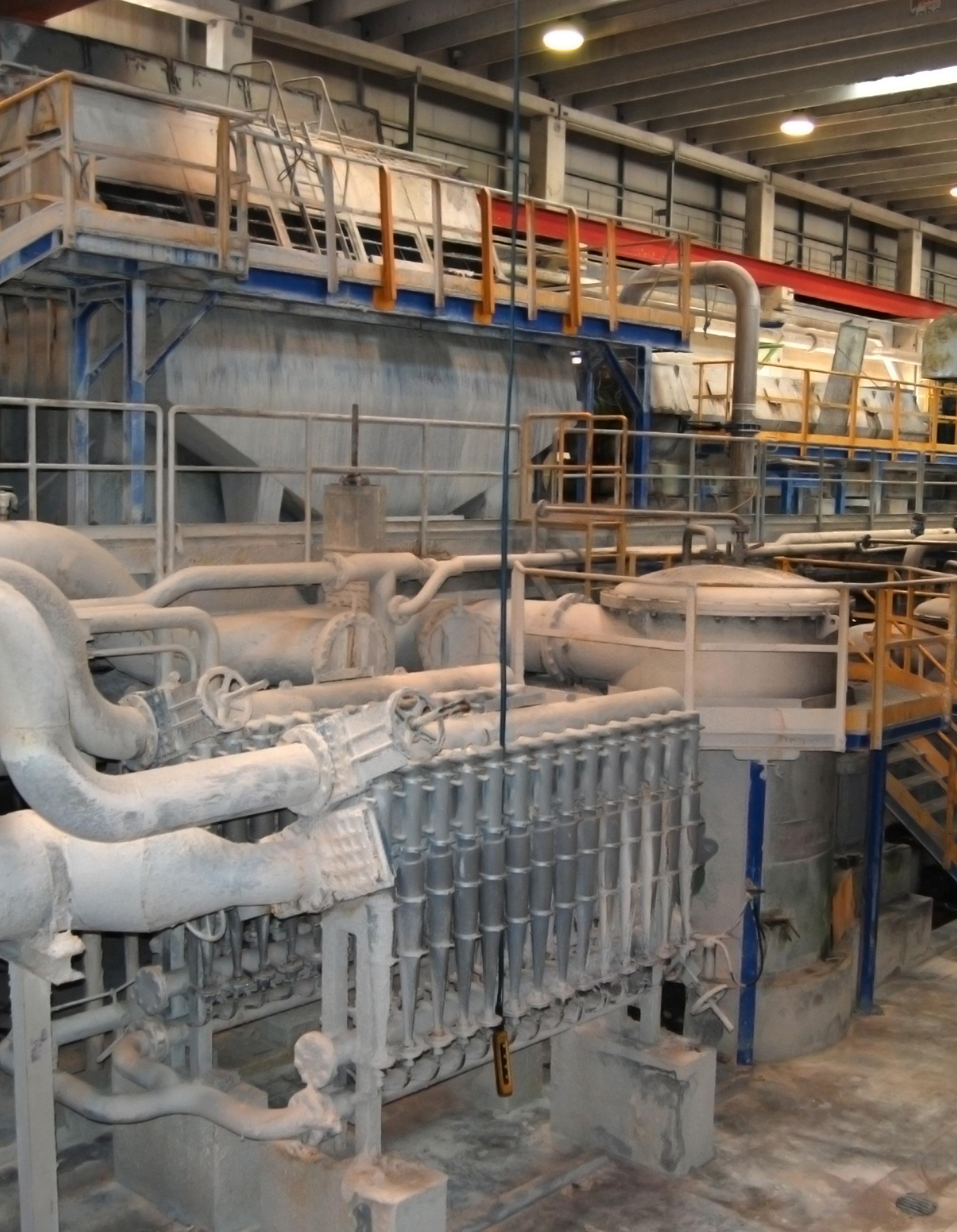
2 minute read
Sealing Solutions for Pulp and Paper
Paper manufacturing involves several steps, and gaskets are used throughout to prevent leaks, reduce maintenance costs, and ensure a smooth and efficient operation. The typical flow process is as follows:
Preparation of the pulp:
Advertisement
The first step in paper manufacturing is the preparation of the pulp. The most common sources of pulp are wood chips and recycled paper. Wood chips are first debarked and chipped into small pieces. The chips are then cooked with chemicals, such as sodium hydroxide and sodium sulfide, in a digester to break down the fibers and remove impurities. Recycled paper is first sorted, cleaned, and then mixed with water to create a pulp slurry.
In the pulping process, gaskets are used in the seals of the grinding and refining equipment to prevent the escape of pulping liquids and chemicals.
Formation of the sheet:
After the pulp is prepared, it is sent to the paper machine where it is mixed with water to create a paper pulp. The pulp mixture is then poured onto a wire mesh conveyor belt that moves through the paper machine. As the pulp mixture moves along the conveyor belt, excess water drains away, and the fibers begin to bond together to form a continuous sheet. This process is called forming.
In the stock preparation process, gaskets are used in the seals of the pumps and mixers to prevent the escape of the pulp slurry.
Pressing:
After the sheet is formed, it is pressed between rollers to remove any remaining water and to improve the smoothness and uniformity of the sheet. The rollers also help to bond the fibers together.
Gaskets are used in the seals of the rolls and presses to prevent the escape of water and other liquids.
Drying:
After pressing, the paper sheet is passed through a series of heated rollers to remove the remaining water and to dry the paper. The temperature and speed of the rollers are carefully controlled to ensure that the paper is dried evenly and without any wrinkles or tears.
Finishing:
After the paper is dried, it is rolled onto large spools and taken to the finishing department. Here, the paper is cut into the desired size and weight, and it may be coated with a thin layer of clay or other material to improve its brightness and printability. The finished paper is then packed and shipped to customers.
The paper-making process requires a large amount of water, and this water must be treated before it can be safely discharged into the environment. In addition, the pulp and paper industry generates a significant amount of wastewater that contains various contaminants, including organic matter, chemicals, and solids. This wastewater must also be treated before it can be safely discharged.
To treat the water used in the paper making process, the pulp and paper industry uses a variety of technologies, such as sedimentation, flotation, and biological treatment. These technologies help to remove suspended solids, dissolved organic matter, and other contaminants from the water. The treated water can then be safely discharged into the environment or reused in the paper making process.
Similarly, the wastewater generated by the pulp and paper industry is treated using various technologies, such as biological treatment, chemical treatment, and physical treatment. These technologies help to remove or reduce the levels of contaminants in the wastewater, making it safe for discharge into the environment.





